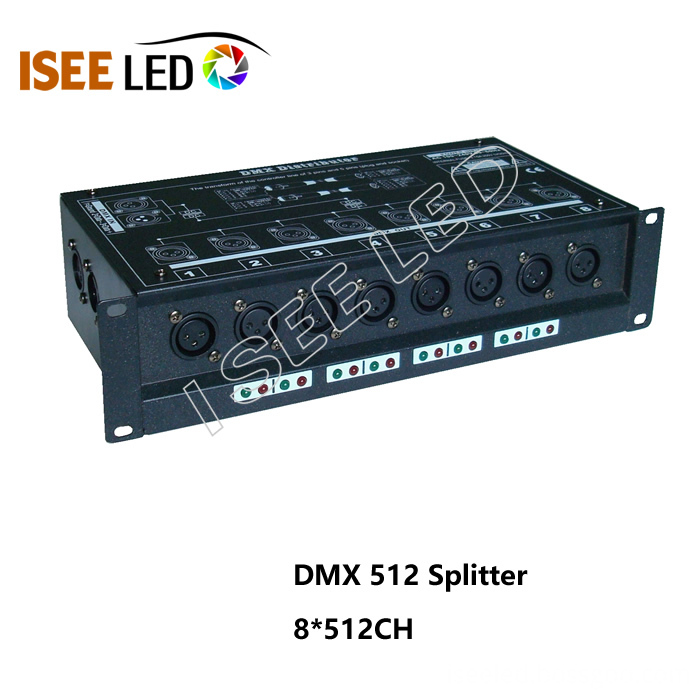The concept of glass: Glass, known as "glass" in English, was historically referred to as "glaze" in ancient China and is represented by the Japanese kanji for "glass." It is a transparent, solid material that forms a continuous network structure when melted. As it cools, its viscosity increases gradually, leading to hardening without crystallization, making it a non-metallic silicate-based material. Common glass is composed mainly of silica (SiO₂), along with other oxides such as sodium oxide (Na₂O) and calcium oxide (CaO), typically forming a compound like Na₂O•CaO•6SiO₂. In everyday conditions, glass is chemically inert and does not react with living organisms, which makes it highly versatile. While it is generally insoluble in most acids, it reacts with hydrofluoric acid (HF) to produce silicon tetrafluoride (SiF₄), causing corrosion. On the other hand, it can dissolve in strong bases like barium hydroxide. The manufacturing process involves melting raw materials and rapidly cooling them, preventing the formation of crystals and allowing the material to remain in an amorphous state. At room temperature, glass is a solid, yet it is fragile with a Mohs hardness of around 6.5. History of glass: Glass originally formed naturally through the solidification of volcanic rocks. Around 3,700 BCE, the ancient Egyptians were among the first to create glass ornaments and basic glassware, although only colored glass was available at the time. By 1000 years ago, China had developed colorless glass. In the 12th century AD, glass began to be traded commercially and became an important industrial material. In the 18th century, optical glass was introduced to support the development of telescopes. Belgium produced flat glass for the first time in 1873, and the United States followed with a lead machine for flat glass in 1906. A major breakthrough came in 1959 when the British Pilkington Glass Company introduced the float glass process, revolutionizing the production of flat glass by replacing traditional methods. This innovation led to large-scale industrial production, enabling the creation of various types of glass with different properties. Today, glass plays a vital role in daily life, industry, and scientific advancements, proving to be one of the most essential materials in modern society.
Iseeled's signal splitter gives you the ability to plug in up to 8 dmx-out from one dmx-in. Led splitter is specially designed for connection of dmx receivers .Our dmx splitter can surmount the restriction that signle RS485 can only connect 32 sets of equipment. DMX splitter is an optical for DMX512 lighting. It's purpose is to allow the user more flexibility in connecting their DMX controller devices. Instead of having to make them all fit within a single daisy chain, each of the eight outputs from the Signal Splitter can be start of its own chain.
Photo show of Signal Splitter:
Signal Splitter,Led Signal Splitter,Dmx Signal Splitter,Signal Fiber Splitter Shenzhen Iseeled Technology Co., Ltd. , https://www.iseeledlight.com